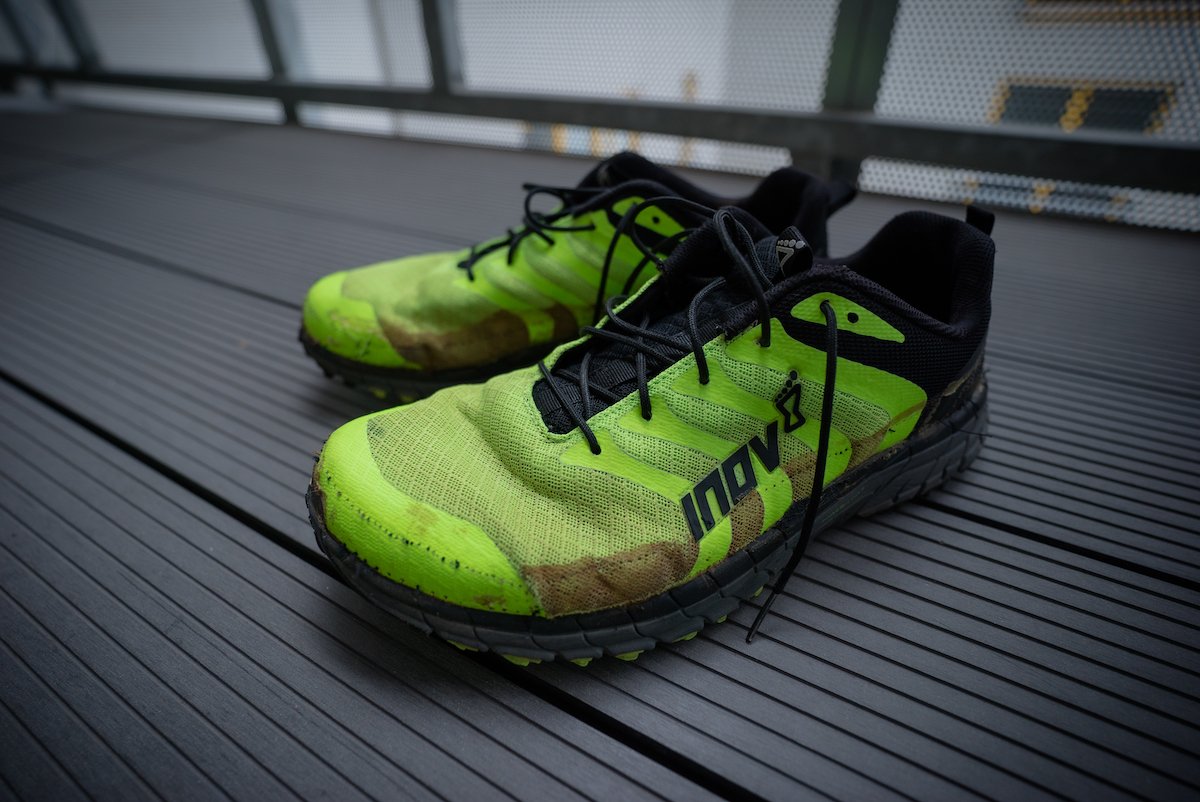Ethics statement: We’re not under any obligation to write anything about these products, nor were we provided with any sort of compensation to do so. Within the article, there are affiliate links. If you buy something after clicking the link, we will receive a small commission. To know more about our terms of service, you can visit the link at the bottom of the page. Thank you!
1. A long-sleeved shirt with with integrated sun protection factor (SPF)
You’ll need something that features breathable fabric (i.e., recycled Polyester), yet also protects you from the pounding sun.
Some of our favourites are the Rab Force long sleeve tee, Helly Hansen’s offerings, or Salomon are likely to do a dependable product.
2. Lightweight hat with neck protector
Another essential item for protecting your neck and stopping the sun from baking your head too much.
Whilst we were gifted a lightweight, breathable running hat from Montane, there are a number of options from My Race Kit, Columbia, or a number of affordable lesser-known brands.
3. Compression tights and calf socks
At over six feet tall, our runner prefer using calf socks to minimise the amount of microtears that a week traversing unstable terrain causes, but also to reduce the risk of sunburn.
Some examples are, CEP (we used the separate calf socks, however it appears they only do an all-in-one version), Salomon, and many others.
Our runner also took a pair of Skins compression tights to reduce the amount of micro tears, protect from sunburn and increase the speed of expelling waste products from the race. Whilst it wasn’t a perfect option for keeping cool, it’s felt it was overall worth it.
Get this and 8000 words of our first-hand knowledge in our digital guidebook!
This digital download is over 8000 words of hard-won knowledge, advice, guidance, ideas across 17 pages, covering the following subjects:
- How to choose the right shoes for the Marathon des Sables
- Sleeping bags options
- Food selection
- Essential clothing for the Marathon des Sables
- Nutritional demands / calorie planning for the race
- Different backpack options
- The application process.
- How to meet the cut-off times
- The race format.
- Understanding the mandatory gear list.
- Tent etiquette.
- Weight reduction ideas for your kit.
- Taking care of yourself and blister management.
- Race strategy for completion.
- The pre-race medical checks
- Where to get your footwear tailored for gaiters.
- Planning for charity fundraising.
- Ideas to aid physical preparation.
- How to condition yourself for the demands of the desert
- How to enter from overseas
- How to generate social media interest for funding it.
4. Trainers
This is a highly personal topic that warrants a deeper dive, so we’ve written a separate article on it. It’s important to realise that they’ll need to have Velcro (hook and loop fabric) stitched onto the sole for attaching your gaiters to, so best to avoid any fabric knit or barefoot trainers that don’t enable enough of a platform for this to happen. You’ll probably need to take the gaiters and trainers to an embroiderer to explain what you need doing to them.
5. Gaiters
We opted for the Raidlight desert gaiters given how popular they were in our research. They fitted our trainers well once we’d had Velcro stitched to them.
6. Backpack
Another highly personal topic, so we’ve done a deeper dive that you can read here. The pack carriage is something that is specific to your race, are you going for speed or simply to finish? Are you a bigger or smaller than the average person?
7. Socks
Another highly personal topic as blister prevention is far better than a cure. We used normal sport socks as we prefer the freedom they offer, however, also took a small tub of petroleum jelly to use as a barrier cream that helps keep minimise the chafing.
We took 2 pairs with us to rotate around in case one was damaged, and it allowed us to use excess water to clean the used pair at the end of the day.
Some people swear by the Injinji socks, however we opted for our tried and tested method. Whatever your choice, it’s important to give yourself sufficient time to train with your race kit before you fly out to Morocco – the Sahara desert is not the place to try something new!
8. Underwear
Our runner used the used the Under Armour tech boxer shorts to manage heat (they’re quick drying), comfort levels and minimise chafing due to being 90% Polyester with 10% Elastane for stretch.
9. A lightweight warm layer for the nights
We were kindly gifted a micro-down layer by Montane (an early beta version for testing similar to the Icarus jacket), however there are very similar option offered by Patagonia, Rab, and Marmot, amongst others.







